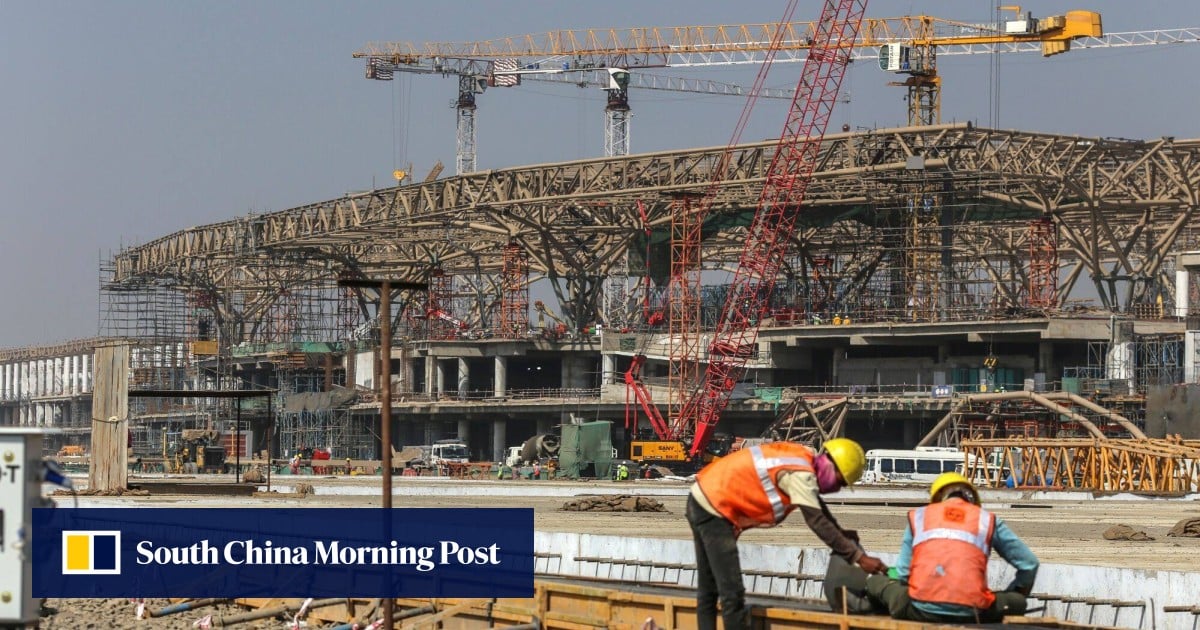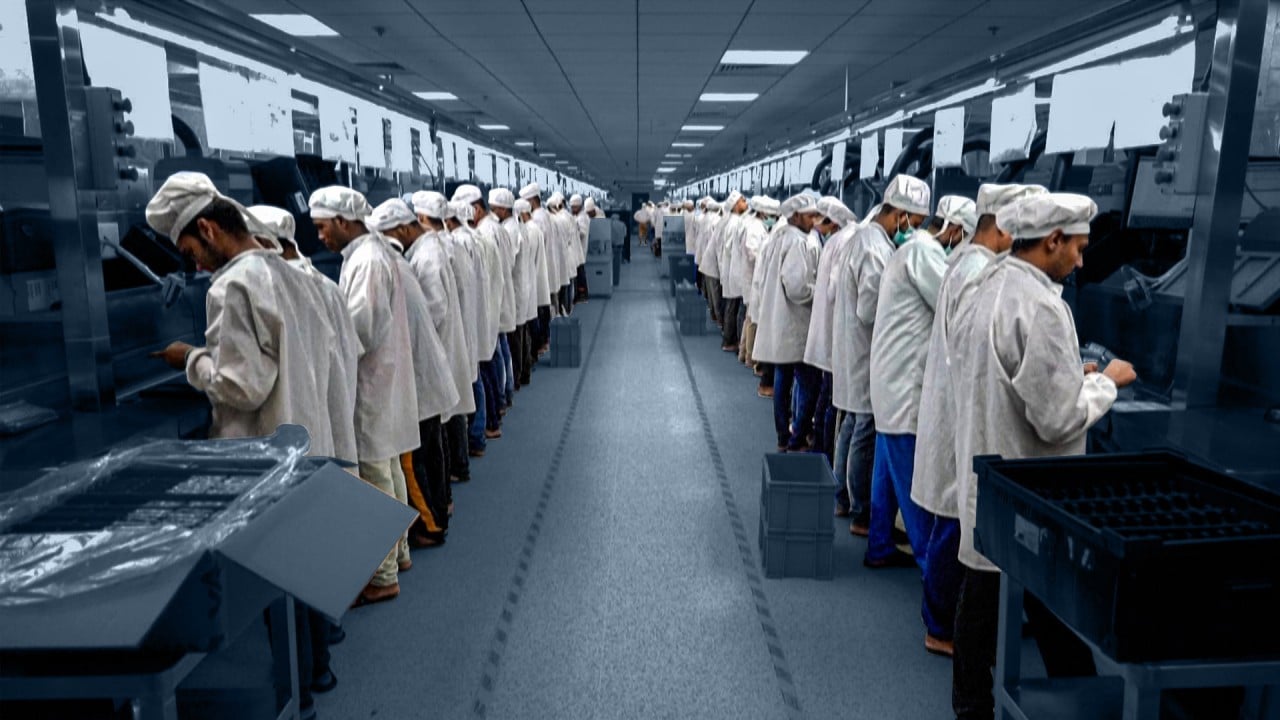“Geographically, India is in a very advantageous situation,” he said. “There’s hardly any country where you can’t fly within 12 hours.”
A wave of plane deals and airport buildouts can aid that ambition. Air India Ltd., IndiGo and upstart Akasa have ordered more than 1,100 aircraft, combined. The world’s most-populous nation is also ploughing US$12 billion into building more than 72 new airports by 2025.
Navi Mumbai airport is one of two landmark infrastructure projects in the city that will test the mettle of Adani, the mining-to-media conglomerate that survived a withering short-seller attack last year.
The other is the redevelopment of the Dharavi slum in the heart of Mumbai, which served as a backdrop for the acclaimed film, Slumdog Millionaire. It’s one of the world’s largest and densest slum clusters, where families of six often live in 100-square tenements and 80 may share a toilet.
‘Historic moment’: Modi ramps up push to position India as alternative to China
‘Historic moment’: Modi ramps up push to position India as alternative to China
Global Logistics
Projects like these are crucial to Modi’s vision of India becoming a developed nation by 2047. But it’s not going to be easy.
The Adani group is already trying to get a larger slice of the global logistics market – the group started a first-of-its-kind transshipment port in October at India’s southernmost tip to beckon the world’s biggest container ships. The Navi Mumbai airport is attempting the same in air passenger traffic.
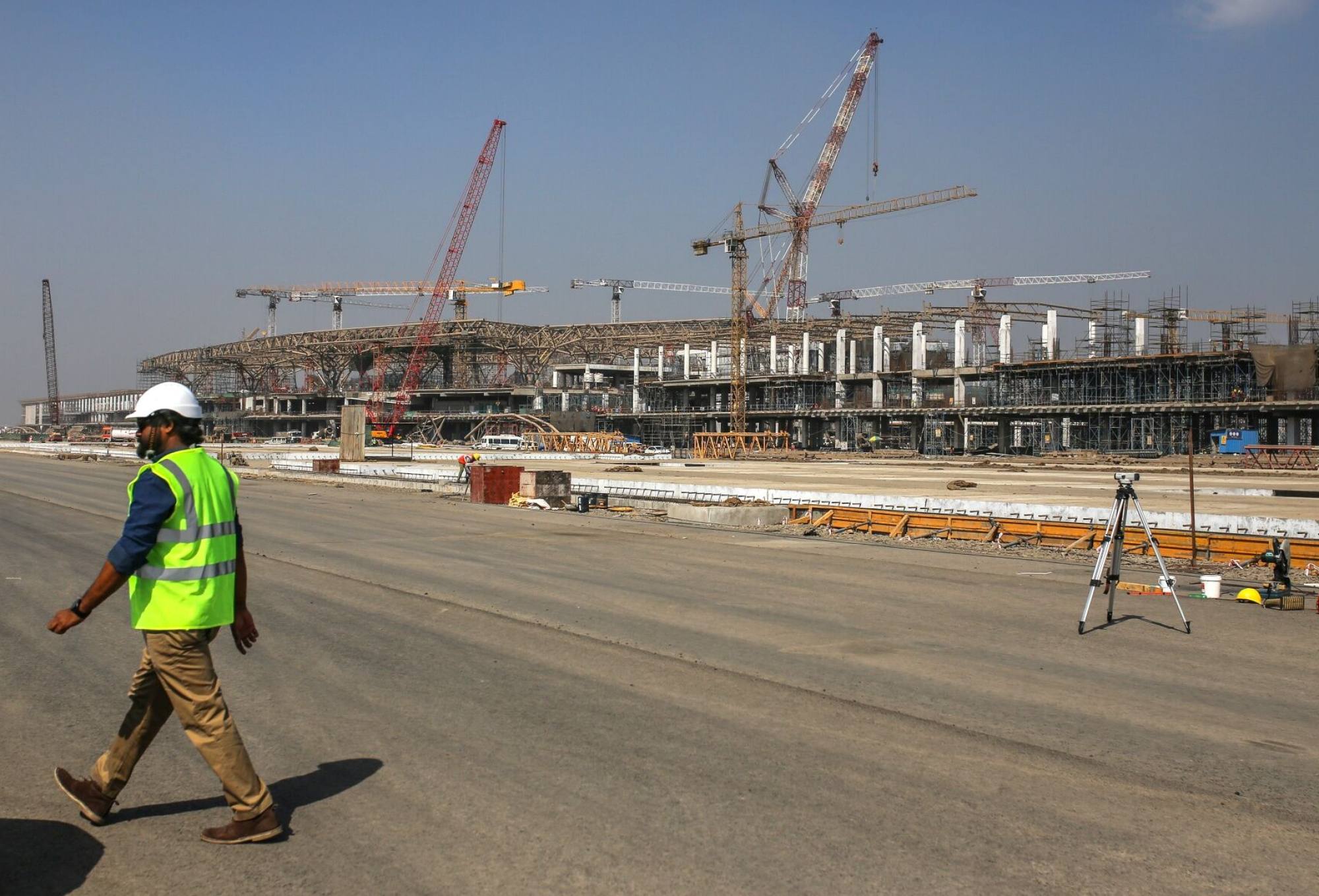
The new facility will also need to have ample flights slotted in and ensure people and checked-in bags move fast enough in case of short layovers, according to Mabel Kwan, managing director at Alton Aviation Consultancy. There have to be on-ground amenities for fliers with longer layovers, too.
Emirates, Qatar Airways QCSC and Singapore Airlines Ltd., which all have strong presence in India, are likely to request slots at Navi Mumbai airport, she said.
Adani Airport is in discussions with the “majority” of international airlines on how to expedite passenger flow, Bansal said, adding he expects 30 per cent of the facility’s traffic to come from international flights and 70 per cent from domestic. He didn’t specify if any airlines have committed to flying from the new facility.
Transit time
The airport is being designed to reduce the transit time to catch connecting flights, ideally within 75 minutes in line with international norms, said Bansal.
He also explained that each carrier will make its own business decision about which sectors to move to the new airport and which ones will stay at the older one. “You can’t force any airline to lift and shift,” he said.
Adani Airport, which plans to list some time before 2028 and already runs seven other facilities, won’t “force any airlines to shut down from the older Mumbai airport and move to Navi Mumbai because that will be discriminatory, right?” he said.
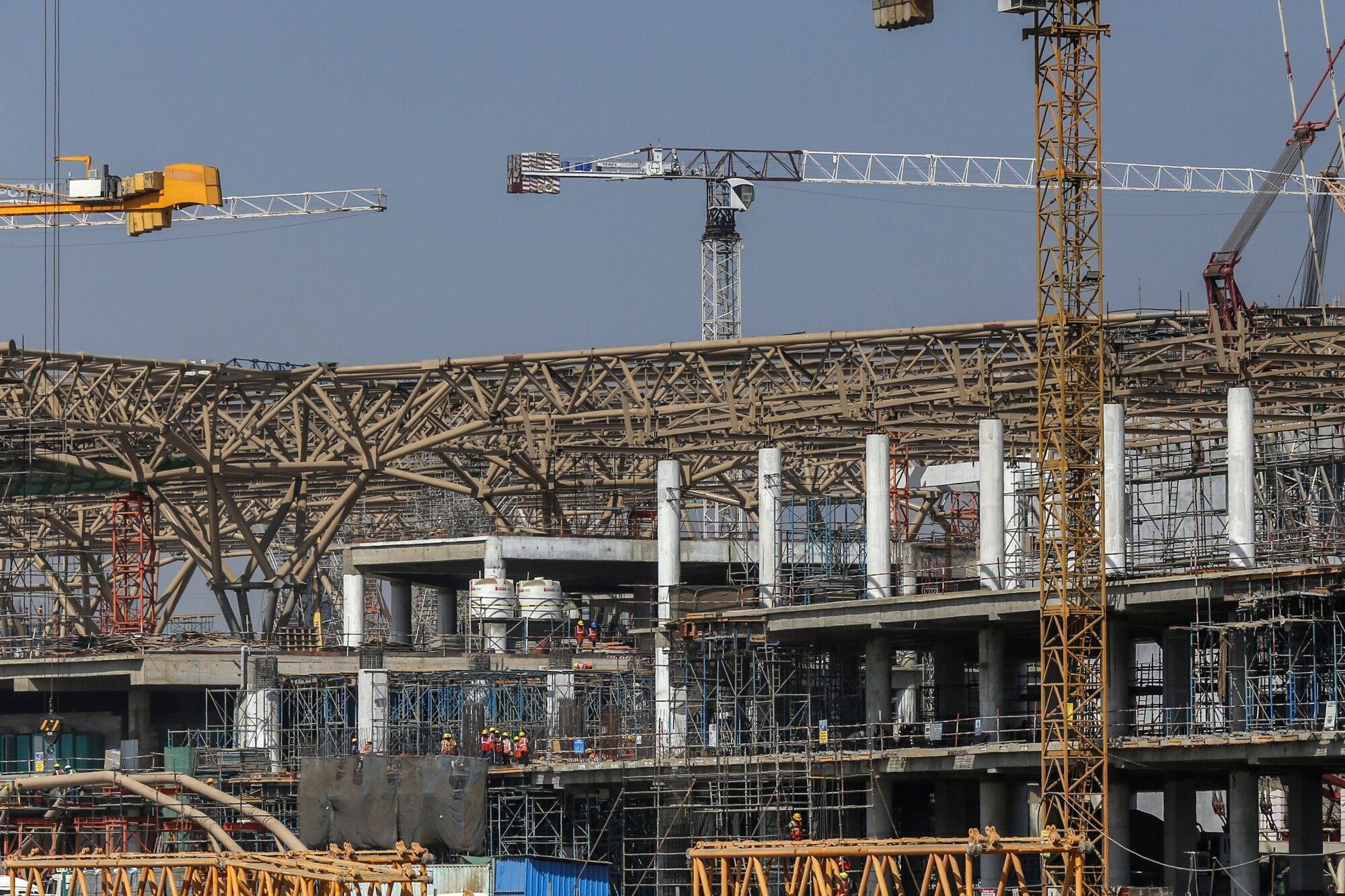
A February 13 report from Jefferies estimated that more than half of Adani Airport’s forecast US$1.7 billion revenue in 2026 will come from the two Mumbai facilities.
Kwan, on the other hand, sees Adani’s ownership of the two airports as a boon considering there’ll be “no destructive competition.”
The Navi Mumbai airport will also accentuate another major dilemma for local policymakers: whether to further open India’s skies.
The South Asia nation is currently avoiding expanding the flying rights of foreign carriers to allow its own airlines – some of them financially vulnerable – to grow on international routes. But that policy choice risks hampering its own ambitions to become a global transit hub.
‘Tightrope’
Dubai is “the best example where it takes time, investment and a very liberalised market to make that happen,” Grant said.
Another problem is that the existing Mumbai airport, despite having two runways, can only operate one at a time due to their intersecting alignment. That’s making it harder to keep up with India’s ballooning air traffic.
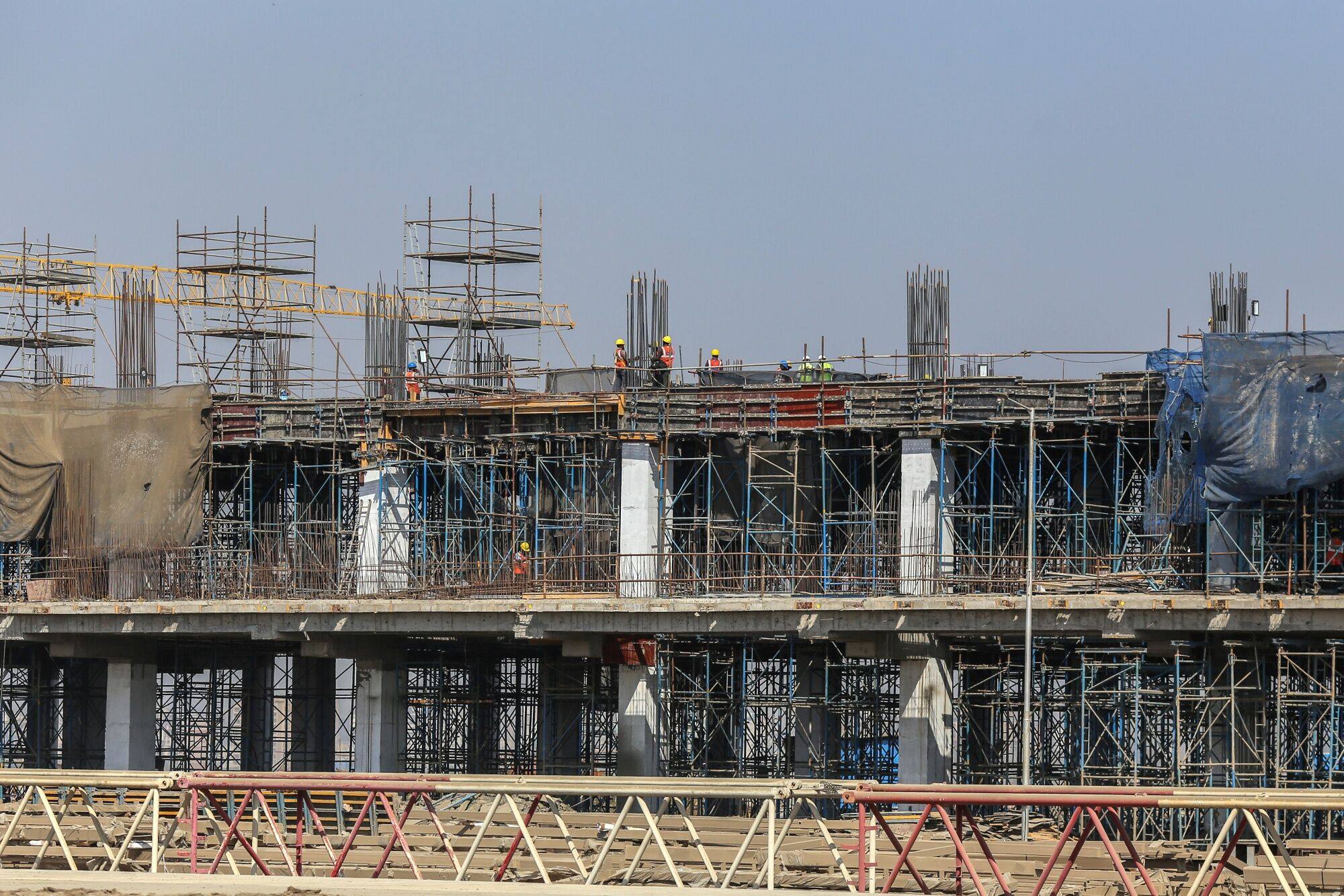
Flights to Mumbai frequently get delayed due to airspace congestion, forcing jets to hover over the city for as long as 60 minutes, the Ministry of Civil Aviation said last month.
Navi Mumbai will have two parallel runways and four terminals, double the existing facility.
Its success is also key to the city’s overall revamp. With a population of 21 million and growing rapidly, Mumbai has as much as US$30 billion of new infrastructure being planned over the next few years.
Local authorities, as well as the Adani Group, also have plans for an “aero city” around the new airport to boost non-aviation sources of revenue.
Jefferies said in an October 2022 report that the conglomerate plans to create these “aero cities” around its airports in India via “a mix of hotels, convention centres, retail, entertainment and healthcare options, logistics and commercial offices.”
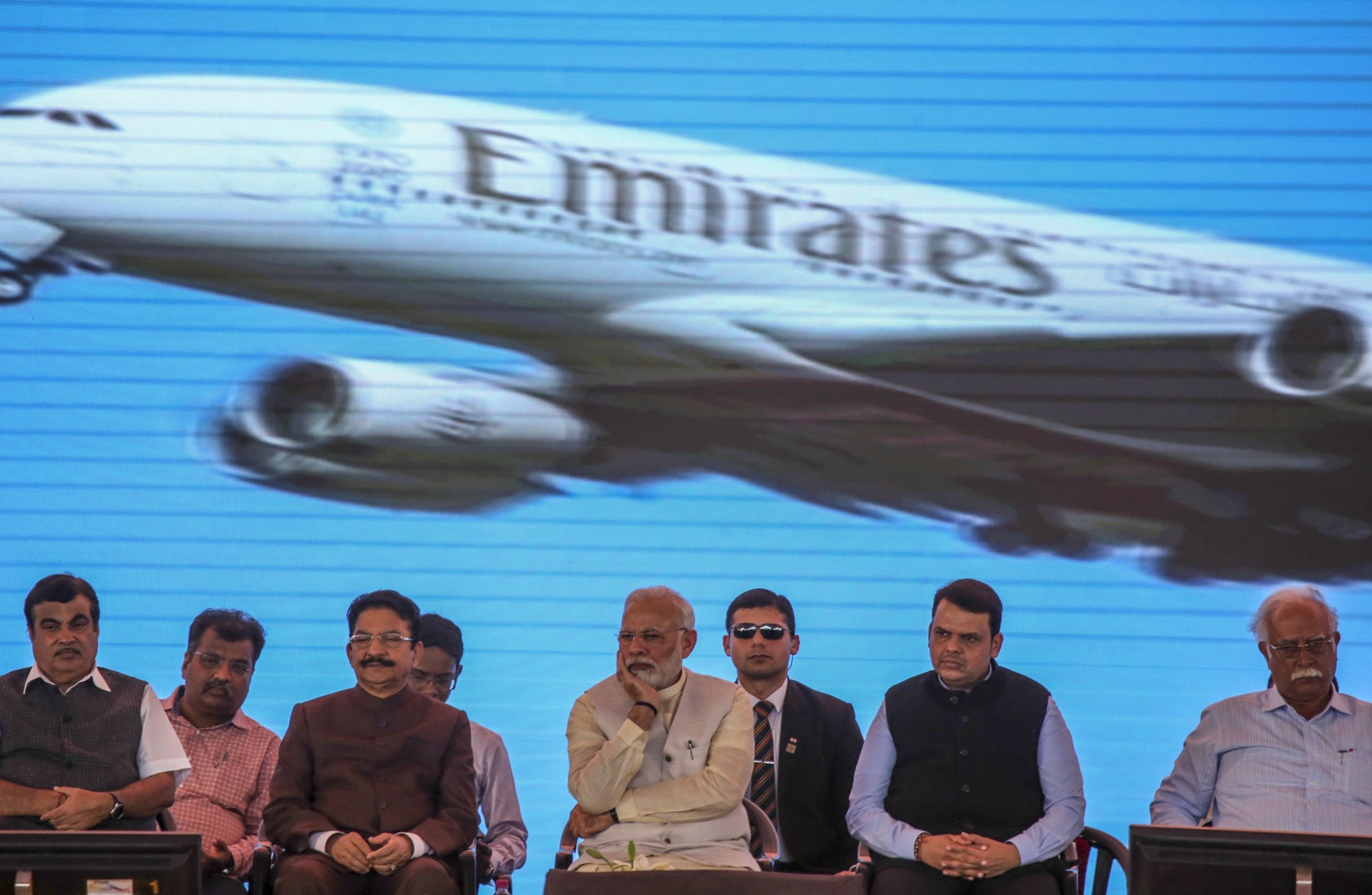
The civil bodies overseeing the greater Mumbai metropolitan region are also building new bridges and roads between the island city and the mainland to provide critical connectivity to the new airport. A dedicated metro line between the two airports is also being planned.
The aim is to reduce the commute to less than 45 minutes, according to a person familiar with the plans, who asked not to be identified as this person is not the official spokesperson.
A six-lane bridge connecting Thane, another satellite city to the north of Mumbai, with Navi Mumbai may open by September, while two coastal roads will be done in the next few years, the person said.
The good news is that all this supply of infrastructure should easily find demand.
Can India unseat zero-Covid China to become the new ‘factory of the world’?
Can India unseat zero-Covid China to become the new ‘factory of the world’?
Load factors
India’s capital, New Delhi, is also building its second commercial airport in the satellite city of Noida to cater to 12 million travellers annually when it starts at the end of this year. The city’s existing facility is also being upgraded to serve 100 million fliers, up from the current 70 million.
India is “strategically situated at the crossroads of major global routes,” she said. These new airports “could provide the blank canvas to grow India’s aviation hub ambitions.”

